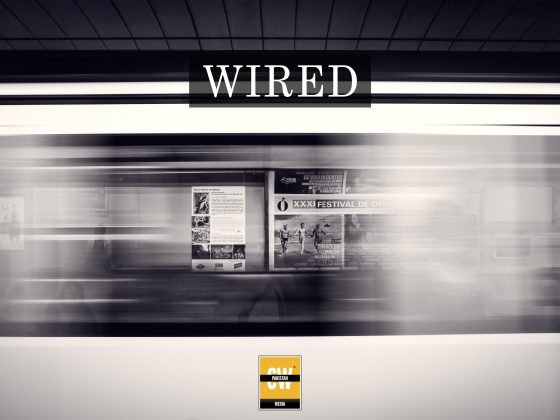Social media’s pervasive influence continues to mold Pakistan’s digital sphere, boasting a staggering 72 million users in 2023, representing approximately 30 percent of the population. Yet, insights from the Pakistan Telecommunication Authority’s (PTA) Annual Report unveil a striking gender gap pervading online platforms, illuminating nuanced dynamics in online engagement between men and women.
According to PTA’s latest findings, platforms like Facebook, YouTube, TikTok, and Instagram exhibit pronounced gender imbalances within Pakistan. For example, Facebook reports a significant gender gap, with 78 percent male users compared to only 22 percent female users. Similarly, YouTube shows a disparity, with 72 percent male users versus 28 percent female users.
The gap widens on platforms like TikTok, where 83 percent of users are male, contrasting starkly with a mere 17 percent female user base. However, Instagram presents a relatively narrower divide, with 66 percent male users and 34 percent female users.
These statistics underscore the complex challenges impeding equitable access and engagement for Pakistani women online, influenced by socio-cultural norms, technology accessibility, and content preferences.
Globally, internet penetration stands at around 64 percent, with 61 percent of females connected. With a remarkable 4.7 billion users worldwide, social media platforms are led by Facebook, closely followed by YouTube, WhatsApp, Instagram, WeChat, and TikTok.
Platform preferences vary across age demographics, with older women favoring WhatsApp and Facebook, while younger females gravitate towards Instagram and TikTok.
Addressing the gender gap in social media usage is crucial for promoting digital inclusivity and ensuring equitable access to information and opportunities. Efforts to enhance digital literacy, bridge technological disparities, and foster inclusive online spaces are essential steps towards this goal within Pakistan and beyond.









